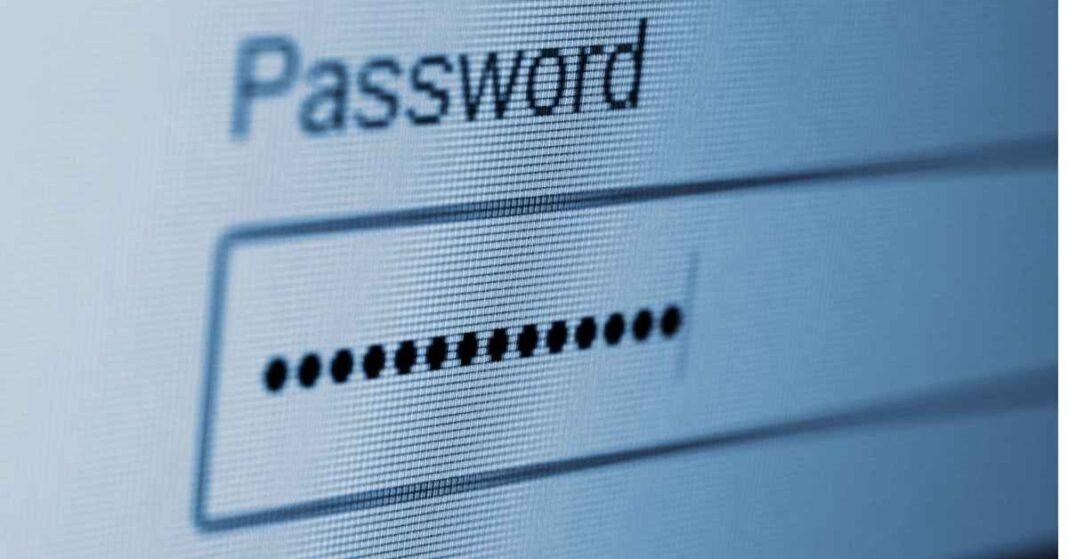How many different services do we use in our day-to-day life? If we try to list all the accounts and websites we are registered with, we will most likely not be able to tell them all.
This article will look at how password managers work and why they’re so useful.
There are more and more websites where we need to register. Consequently, many users simplify the creation of our accounts, spending less time creating our passwords and making numerous mistakes that put our security at risk of our information.
Luckily, a safe and easy alternative allows us to store and manage all our accounts in one place, so we don’t have to memorize them. We are talking about password managers.
What are Password Managers?
Password managers are applications that serve to store all our credentials (users, passwords, websites to which they correspond, etc.) in a database encrypted utilizing a “master” password. This way, we can manage all our user accounts from the same tool, memorizing only one master key.
Also Read: ERP and CRM Management Software
Although the functions and characteristics of this type of application may vary depending on the manufacturer, the most common are:
Online and offline access: Some managers depend on a cloud server to store and synchronize our keys, although it is an option that is not without risks, such as information leaks, vulnerabilities in the cloud, or security breaches.
However, most have an encryption service to further protect our credentials. On the other hand, services that store passwords offline or locally are, in principle, more secure, although less practical, since it is necessary to have access to the specific file stored on the device to consult the passwords. In contrast, online services allow you to obtain passwords from anywhere.
Two-step verification: Many online managers include this feature to protect our main accounts. For those managers that require an Internet connection, we can link our accounts through this protection system.
Multi-device: In some online managers, we will be able to synchronize our passwords with the manufacturer’s server since these would be stored in the cloud duly protected. To access them, we just have to download an application, normally multiplatform, and access our account with the master account.
Password generation: Creating a strong password from scratch can take longer than we think, especially if we consider that we must create a different one for each service. For this reason, these managers allow us to create them automatically following a series of criteria so that they are robust.
Sometimes, they can include the function of creating one-time passwords used in those “use and throw away” services, such as registering for a promotion, reading an article that requires registration, etc.
Integration with browsers through plugins and autocomplete: This function will help us automate and streamline the process of inserting our credentials on the access screen.
Vulnerability alerts: Some of the managers may include this function to alert us if we are using a password that is too weak, it is repeated in several services, or if said service has suffered a security breach, and we must change our credentials as soon as possible.
Now that we know all its features and benefits, how exactly does a password manager work?
How Does a Password Manager Work?
There is a wide variety of applications on the market with this function, both for mobile devices and for Windows or macOS computers. There are also password managers that work from the browser.
In any case, whichever we use, its operation and advantages will vary slightly concerning another tool. In this article, we are going to see the steps to follow to configure the LastPass application, as well as how to start managing our credentials correctly:
Once we have downloaded the application or, in this case, accessed the LastPass web service, we must first create our account. This step is identical for all managers and will require us to use an email address and a master password.
Optionally, we can use a reminder of our master password. It is the most important key, so, in addition to being secure, we must make sure that we can remember it easily.
Once we have identified ourselves, we will first see a blank space where we can add new elements (accounts, passwords, bank details, etc.). In this case, we will focus on passwords.
When we add a new account, we must fill in a series of basic fields common to all password managers. At a minimum, they will ask us for the URL or service for which it will be used, the username, the password, and any comment or note we want to add.
The application may allow us to directly manage the creation of strong, one-time (or temporary) passwords or incorporate a function to activate two-step verification in our social network accounts or other online services. However, it may also be in a different section within the application options, as with LastPass.
Now we just have to add all our accounts, always using the tools these managers put at our service and without forgetting our master password.
Also Read: Open Innovation Keys to Increase the Profits














